A Tale of Two Lawns
raymondo17
11 years ago
Related Stories

HOUZZ TOURSHouzz Tour: A Tale of Two Pool Houses
Get Ideas for Your Own Dream House From Two Very Different Poolside Retreats
Full Story
MORE ROOMSTall Tales: Ideas for Two-Story Great Rooms
Make a Great Room Grand With Windows, Balconies, Art and Dramatic Ceilings
Full Story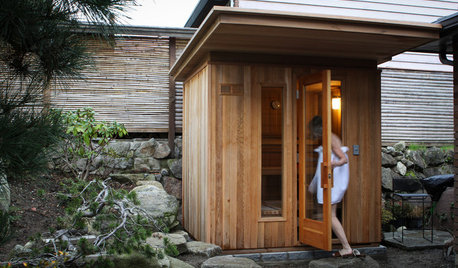
OUTBUILDINGSMy Houzz: A Tale of 2 Saunas
A trip to Finland, an inspiring photo and a twinge of envy lead two Seattle couples to build their versions of a dream sauna
Full Story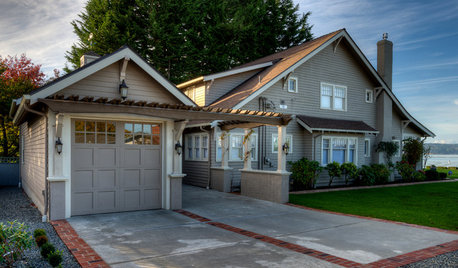
GARAGESTale of 2 Car Shelters: Craftsman Garage and Contemporary Carport
Projects in the Pacific Northwest complement the existing architecture and sites of 2 very different homes
Full Story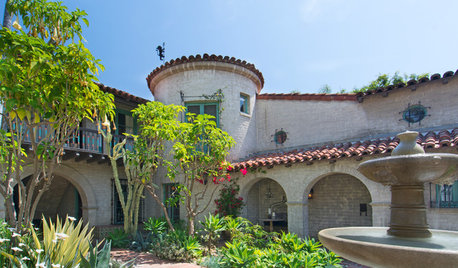
HOUZZ TOURSMy Houzz: Fairy-Tale Charm in a Historic Hollywood Landmark
Just a stone’s throw away from Hollywood Boulevard, vine-covered walls hide a magical courtyard and a couple’s condo
Full Story
FUN HOUZZ31 True Tales of Remodeling Gone Wild
Drugs, sex, excess — the home design industry is rife with stories that will blow your mind, or at least leave you scratching your head
Full Story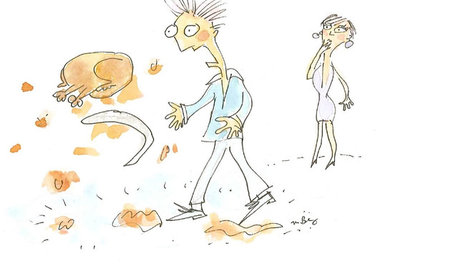
MOST POPULARThanksgiving Tales: When the Turkey Tanks
Houzz readers prove adept at snatching victory from the jaws of entertaining defeat
Full Story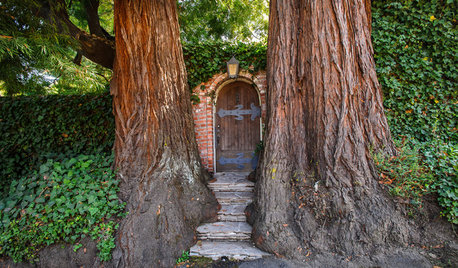
FUN HOUZZ14 Gardens Straight Out of Fairy Tales
Escape into landscapes that conjure the magical worlds of folklore and literature
Full Story
TRAVEL BY DESIGNLive a Fairy Tale in a Getaway Castle Tower
Let down your hair or just savor the idyllic views. In these 5 remodeled European towers, how the story goes is up to you
Full Story
HOLIDAYSThe Tale of the Holiday Table: One Family's Joyous Discovery
TV-dinner trays one year, garage dining another. Find out what made mishmash holiday dinners for this couple special anyway
Full Story





Kimmsr
watchnerd
Related Professionals
Havre de Grace Landscape Architects & Landscape Designers · West Chester Landscape Architects & Landscape Designers · Bethlehem Landscape Contractors · Clermont Landscape Contractors · Beverly Hills Landscape Contractors · Euclid Landscape Contractors · Fort Myers Landscape Contractors · Hicksville Landscape Contractors · Nashua Landscape Contractors · New Berlin Landscape Contractors · Saint George Landscape Contractors · Charleston Swimming Pool Builders · Cooper City Swimming Pool Builders · Brooklyn Park Fence Contractors · Rutherford Fence Contractorsraymondo17Original Author
watchnerd
watchnerd
raymondo17Original Author
dchall_san_antonio
raymondo17Original Author
Kimmsr
dchall_san_antonio
raymondo17Original Author
dchall_san_antonio
raymondo17Original Author
Kimmsr
raymondo17Original Author
dchall_san_antonio